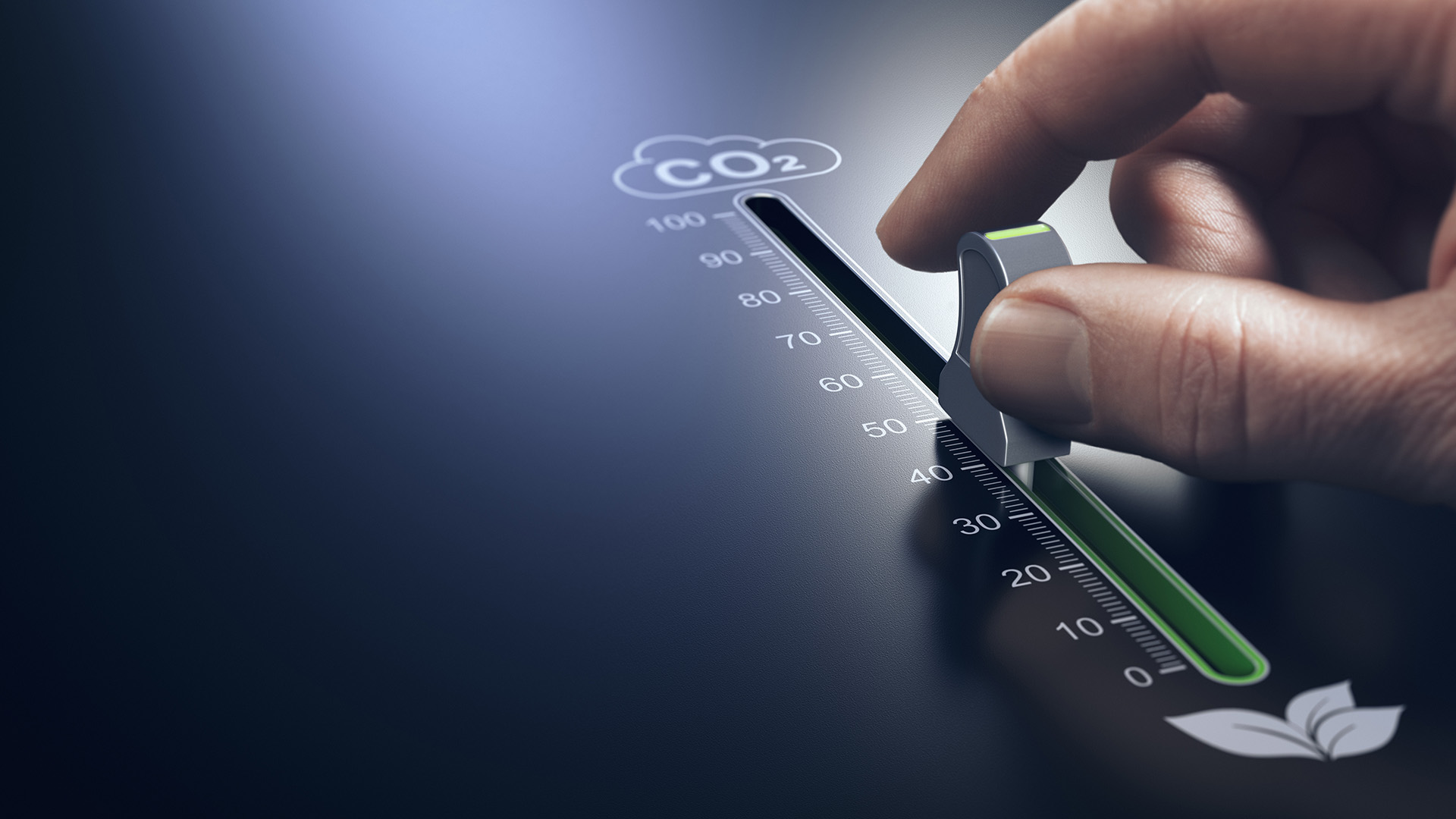The climate crisis is an overwhelming truth. Already disturbing life on Earth today, it will pose major challenges to future generations. A truth that stretches far beyond extreme weather events, ocean currents or sea level rise. Consider climate change as a matrix of risks that will impact every key issue in the 21st Century: health, migration, security and economic development.
The challenge is not to cope with these risks as they emerge, but to be a part of a solution. If a company does so, it will be able to capitalize on changing consumer habits and new markets. Moreover, aligning yourself with a sustainable future is less of a financial burden than coping with the costs associated with climate risks.
As a marketer, you are given the opportunity to support such businesses. Marketing creates desire, shifts consumptions patterns and builds new markets. Thus, it lies at the very root of consumption. Herein lies its power. If marketed effectively, sustainable brands will outgrow their competitors.
Take Pieter Pot for instance, a Dutch grocery delivery shop aiming to minimize both (plastic) waste and CO2 emissions. Since 2019, they were able to prevent 5 million pieces of plastic packaging and obtain more than 22.000 customers. Another example is Boeren & Buren, an online food platform redefining sustainable agriculture. Built on a short supply chain, they ensure fair prices for farmers while offering sustainable products for both people and planet. In their short existence, they faced both the Covid pandemic and the war in Ukraine. On both occasions, they came out stronger as a brand. What characterises both Pieter Pot and Boeren & Buren, is the way they communicate: transparently. A crucial driver of credibility.
Watching new and ‘radical’ brands pop up, is exciting, but of course established companies have also made great efforts. A prime example is Patagonia, an outdoor clothing brand. Since 1985, it has pledged 1% of sales to the preservation and restoration of the natural environment. Prioritizing purpose over profit, they also fund grassroots movements, connect activists to organizations and create different campaigns.
Today, people mainly expect swift action from businesses and governments to tackle the climate crisis. This claim is just and activism has proven to be an accelerator of change. Yet, many of us underestimate one thing: the impact of consumer habits. The latest IPCC report shows that we could reduce emissions by 40% to 70% by 2050 if we opted for sustainable options. This means we would be able to meet the targets of the Paris Agreement.
In short, consumer habits are key in meeting climate targets and marketers are at the root of those habits thus play a vital role.
Unfortunately, the human brain is (still) conditioned to disbelieve future risks hence the lack of urgency when the first alarming climate reports were published. At this point, the scientific consensus on climate crisis is crystal clear. We might not be able to predict the exact outcome, the danger of feedback processes and irreversible planetary damage is evident.
Making sense of this complex and polarized topic is a challenge. Luckily, there are concepts that may function as a blueprint. They give guidance in a difficult reality. Maybe even solace to some people. Net-zero for instance, which provides a clear objective for industries rather than the 1,5+C° goal widely used. Another framework is climate tipping points.
Discussing climate tipping points brings us to the planetary boundaries. Scientists identified nine important Earth systems and their boundaries. The whole of these boundaries is our Safe Operating Space. Think of it as a limited piece of land we should grow our economy and build our society on. Why should we respect those boundaries? The answer is straightforward. If not, the Earth will shift from a welcoming host into an unpredictable environment. Keep in mind that our economy is built on a stable climate supporting agriculture, a planet that regulates carbon and heat. The Safe Operating Space is our human playfield. Every playfield has its own set of rules, read boundaries. If you don’t respect the rules, the game is over. The Planetary Boundaries are divided into 9 categories: the climate, biodiversity, fertilizer (biogeochemical cycles), deforestation (land system change), fresh water, oceans, chemical pollution, air pollution and the ozone layer. Let’s focus on the first two as they pose the highest risk if they pass their tipping points.
The safe limit for our climate is CO2 concentration of 350 PPM, today we are at 418 PPM and that figure keeps rising. A fundamental part of this Earth system is the Amazon rainforest and its enormous carbon storage capacity. Scientists warn that the Amazon is hurtling toward a tipping point, beyond which it would begin to transition from lush tropical forest into a dry, degraded savanna, unable to support the immense diversity of life that call the world’s largest rainforest home. This is a prime example of how climate change doesn’t worsen gradually. There are points of no return, called tipping points. They are critical thresholds in the Earth’s climate system that, when crossed, can trigger abrupt and potentially irreversible changes with far-reaching consequences for the planet. These tipping points are associated with feedback loops and cascading effects that amplify the initial change and lead to significant shifts in climate patterns, ecosystems, and natural processes. Cutting down our CO2 emissions is essential to respect the climate boundary.
Today, we experience the world in a virtual sense. We’re witnessing an explosion of AI, interconnectivity of devices and online tools. Still, at the root of every application or cloud-storage lie resources, raw materials produced by the Earth that have a massive economic value, twice the global GDP or a whopping 150 billion dollars every year. We don’t pay for these materials, respecting them is the least we can do. We literally owe it to the Earth. Half of our global GDP is highly dependent on well-functioning natural ecosystems. Those putting the biggest strain on biodiversity are food, mobility, energy, fast-fashion and the combination of pharmaceutics and cosmetics. If we want to prevent a collapse of biodiversity, we should strongly lower our demand of the Earth’s raw materials.
Businesses that don’t respect the Safe Operating Zone is one thing, the lack of credibility of businesses that do, is another. Luckily, this credibility deficit of the latter is a gap that is up to marketers to close. They can support climate-friendly business to such an extent they can outgrow their competitors.


